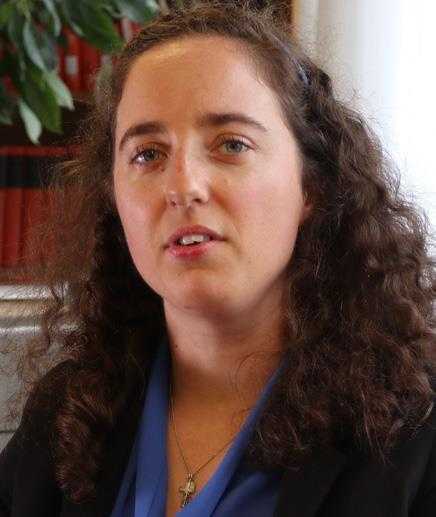Staff Reporter
Astronomer Julia Lynn Healy is going back in time to find answers that will guide the future. Healy’s working on a pilot project that will help the world to better understand how galaxies started and how they evolved. A Ph.D. student at the University of Groningen in The Netherlands, Healy is investigating the neutral content of galaxies to understand the process that their evolution.
Her research can be viewed as a pilot project for the studies that will be conducted as part of the upcoming large surveys using the largest telescope on earth, the MeerKAT radio. Healy is the principal investigator of a team of local and international astronomers that has recently been awarded time on the MeerKAT and has a paper under review in the International Journal of Astronomy and the Monthly Notices of the Royal Astronomical Society.
Her work is expected to contribute to the body of work that will help human beings to better understand, among others, the Milky Way and the Andromeda galaxies. Although they are a staggering two million light-years away, the two galaxies are the closest to earth. They are two million light-years away. She graduated with a BSc, BSc Honours and MSc in Astronomy from the University of Cape Town (UCT). She was awarded South African Radio Astronomy Observatory scholarships for her MSc and Ph.D. research and won the joint first prize for an MSc poster presentation in the astrophysics track at the 61st South African Institute of Physics conference. Out of this world!








